Lately, I have been hearing people say “green is dead”. I disagree. We need to support sustainable living and it starts in the home. As a homeowner, there are a lot of ways to reduce your carbon footprint and save money on your energy costs at the same time. It’s all about going green yet being smart about it.
Mike Holmes is one of HGTV Canada’s go-to contractors and the host of Holmes and Holmes and Holmes: Buy it Right.

1. Replace Lights
When it comes to going green with your lighting, LED’s are my favourite. They save on energy, and no other light lasts longer. The market has really expanded with its options for LED lighting – there’s now LED’s for chandeliers, solar LED’s, and even LED strips that you can install under your kitchen cabinets. I have LED’s all throughout my house, both inside and outside. So if you haven’t made the switch yet, do it!
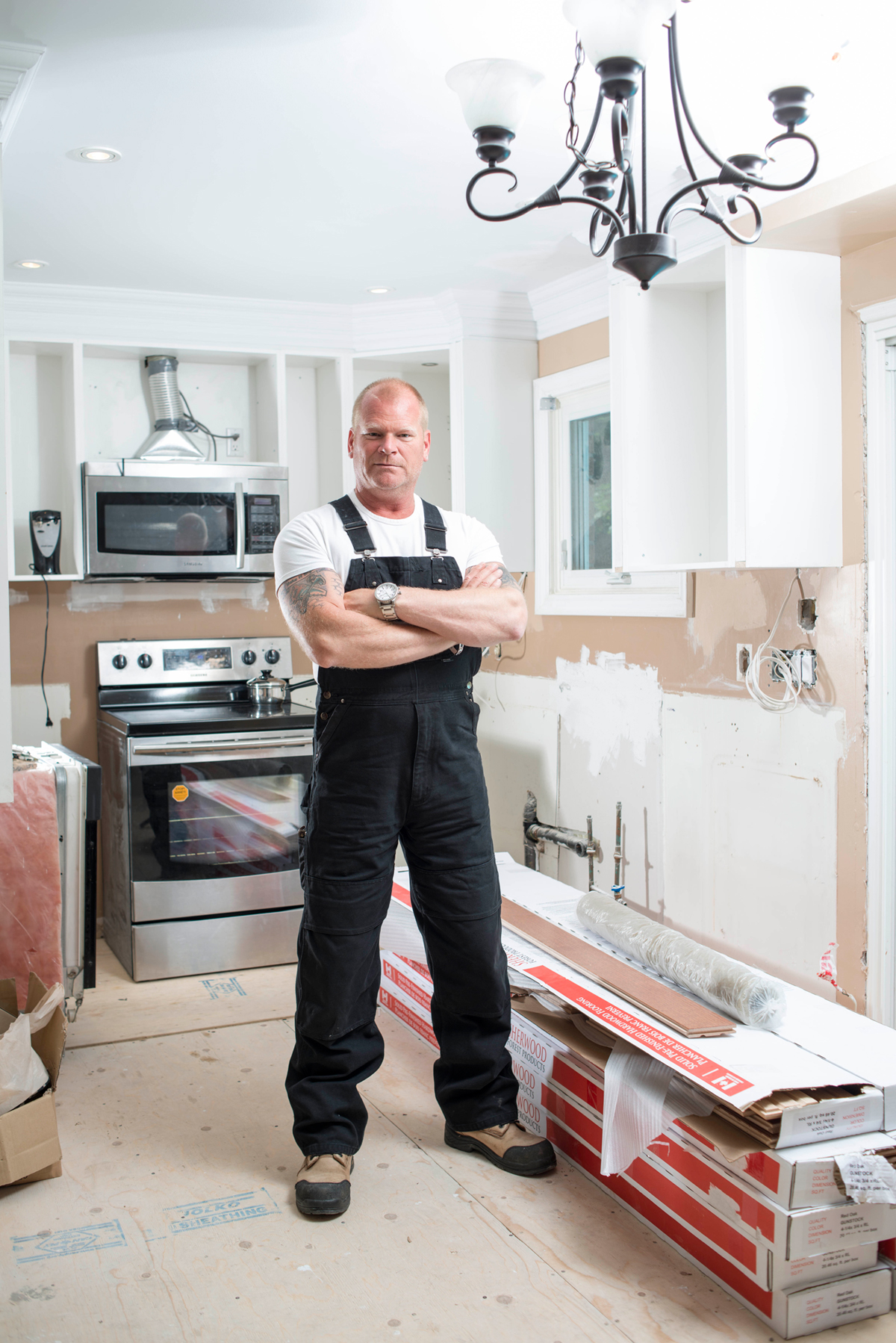
2. Recycle During Renos
Recycling at home – cans, cartons, paper – is a no-brainer. However, you should also take steps to recycle items during a home renovation. Things like windows, doors, cabinets and flooring can all be salvaged and sent to local reuse centres. Talk to your contractor about ways to recycle and minimize the waste. And remember to deconstruct during your reno – that way you’ll be able to easily sort through what can be reused. These steps may be more time consuming, and you might be tempted to just pay the tipping fee at the landfill, but we need to find ways to direct waste away from landfills.
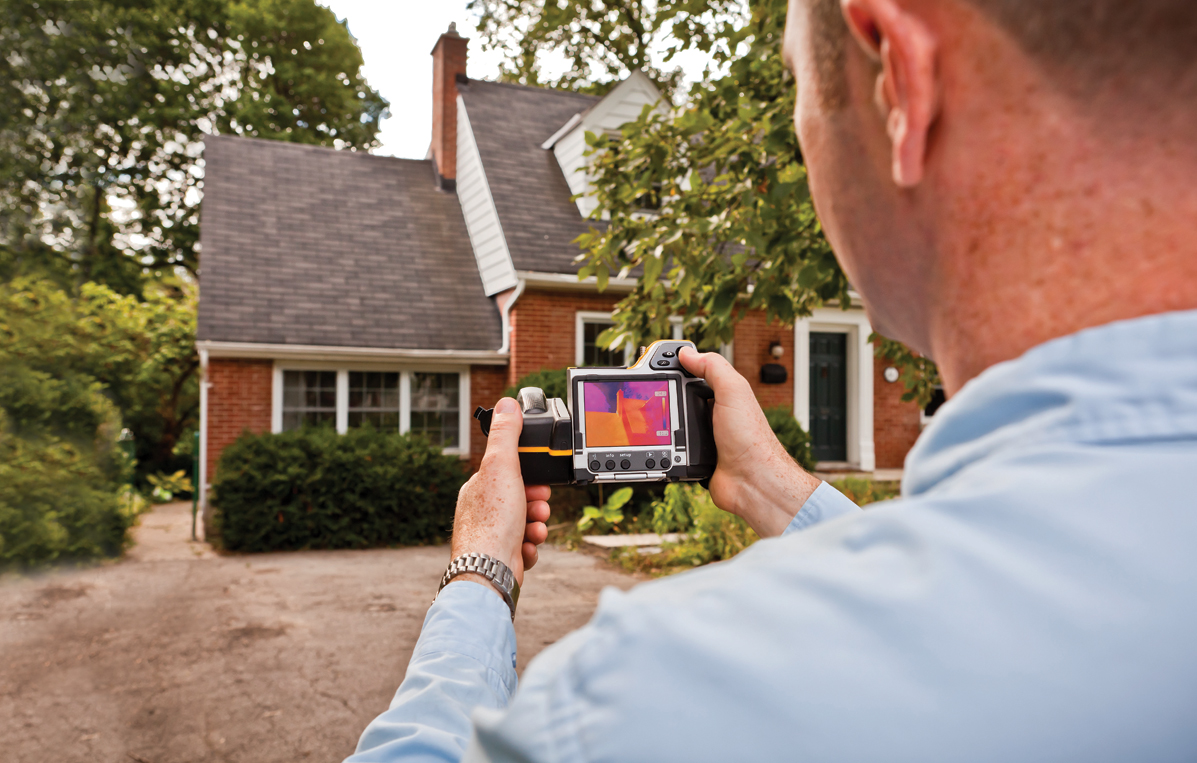
3. Make Green Upgrades
Speaking of renovations, going through a reno is the perfect time to make upgrades to your home to make it more energy efficient and environmentally sound. Hire a professional to do an energy efficiency home inspection, also known as an “energy audit”. A simple thermal imaging inspection will show you where there is heat loss in your home, meaning where you’re losing money on energy costs! Upgrading your windows, insulation, and switching to Energy Star-rated appliances will help to make your home more energy efficient, saving you money in the long run. Installing in-floor heating is also a great upgrade that will save you money on energy costs. It’s great for kitchens and bathrooms as it heats your home from the floor up, which is much more energy efficient.
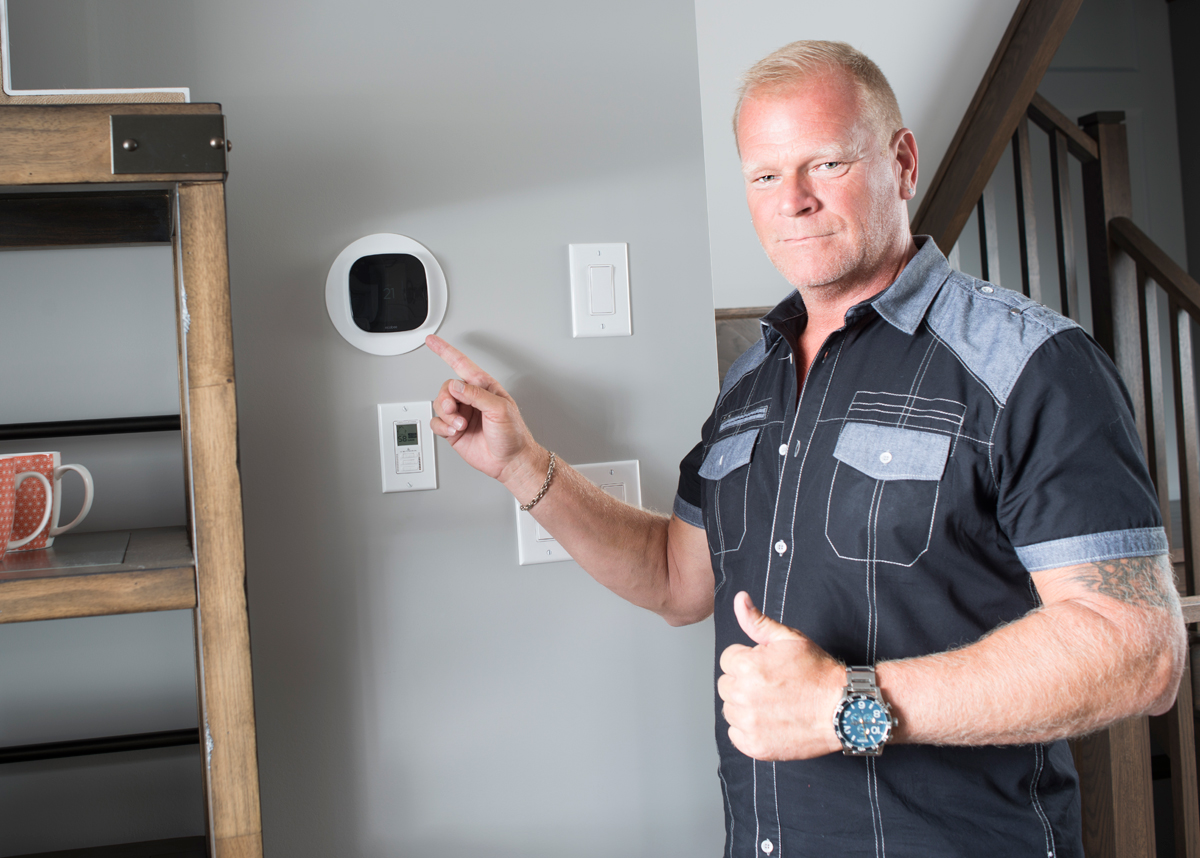
4. Install a Programmable Thermostat
Having a programmable thermostat installed during a renovation (or at any time) is a simple step to becoming greener. This new technology is Wi-Fi enabled, allowing you control the temperature from your digital device, even when you’re not home. Invest now, and you’ll quickly see the benefits.

5. Install a Metal Roof
Moving from the interior of your home to the exterior, replacing your old asphalt shingles with a metal roof is a great way to save cash. It’s not cheap, but a properly installed metal roof will last a minimum of 50 years which means they don’t need replacing as often (which keeps tons of used roofing materials out of landfills). Most new metal roofs are made with partly-recycled materials, which make them very environmentally sound. So if you can, get your old asphalt shingles recycled and replaced with a metal roof. It’s durable, fire resistant, will save you a ton on heating costs and it looks great!

6. Reuse Rain Water
Collecting and storing rain water for later use is an ancient practice that seems to be becoming popular again. Placing a rain barrel under your home’s downspout to collect water is environmentally friendly for a couple of reasons. Firstly, you can use this water for garden irrigation – rather than turning on the hose to water your grass and plants, just use the water that was collected from the downspout. This will conserve water and save you money on your water bills. Secondly, it slows down runoff, so not as much water is rushing into our lakes and streams at once, which increases the risk of heavy flooding. It’s a cheap fix that will save you money and help the environment.
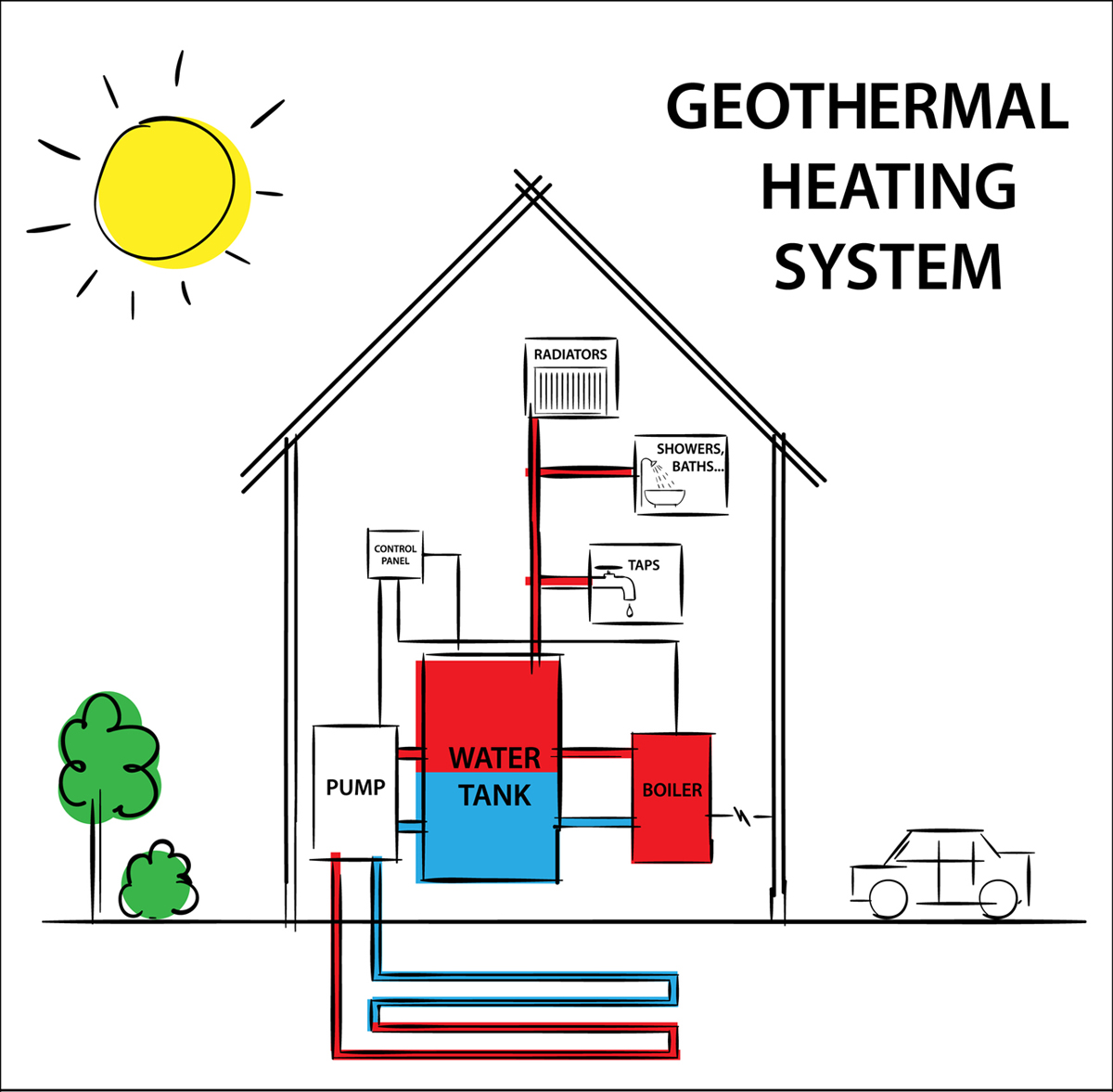
7. Consider Heating and Cooling Alternatives
Geothermal energy uses the temperature of the ground to heat and cool homes. In the winter, tubes filled with liquid refrigerant absorb heat from the earth and bring it back up to heat a home. In the summer, it works in reverse – the tubes absorb heat from the house and transfer it to the earth, with cool air being brought back up. There’s no noisy A/C unit, and since there’s no combustion, you’ll cut down on greenhouse gases. The installation isn’t easy or cheap but it can cut your heating and cooling costs by about 70%, while reducing your home’s carbon footprint at the same time.
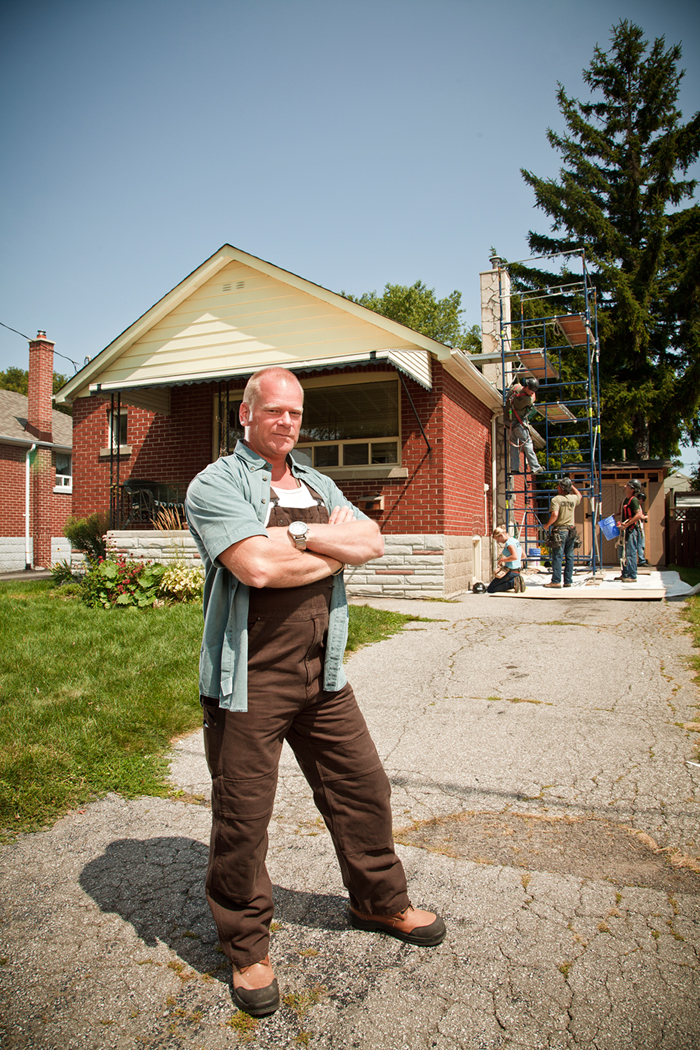
Mike-Holmes-Green-Tips-House.jpg
Going green is smart, especially when it saves you money on your energy bills. But you still need to do your research and find out what makes the most sense for you and your home – you need to determine the cost versus the savings.
Do it right and make it count!
HGTV your inbox.
By clicking "SIGN UP” you agree to receive emails from HGTV and accept Corus' Terms of Use and Corus' Privacy Policy.




